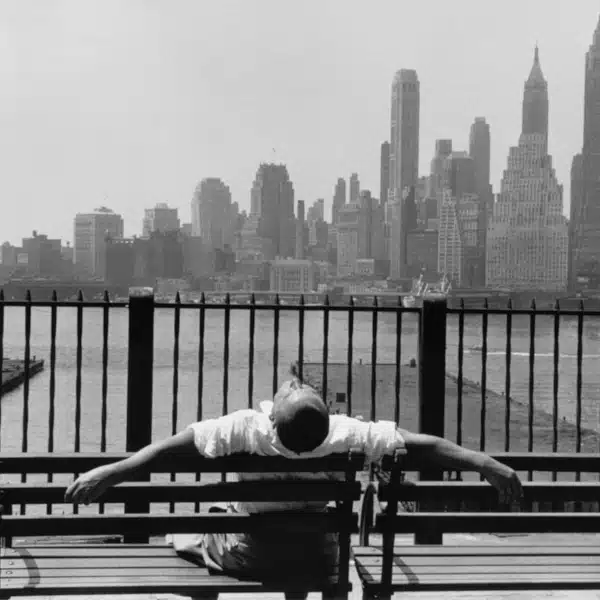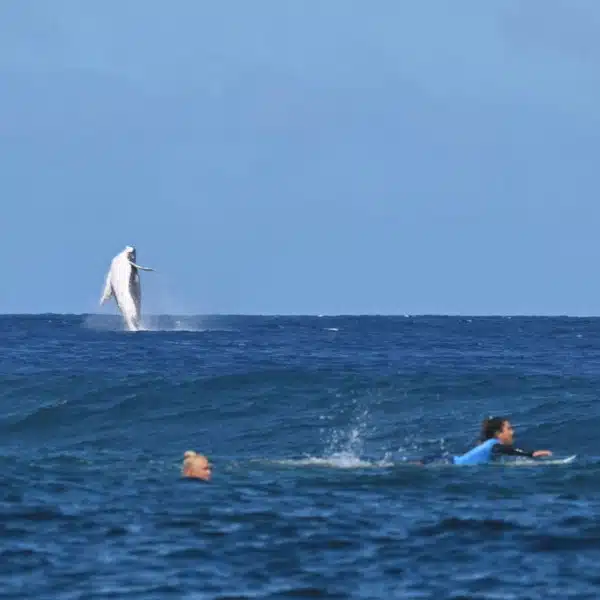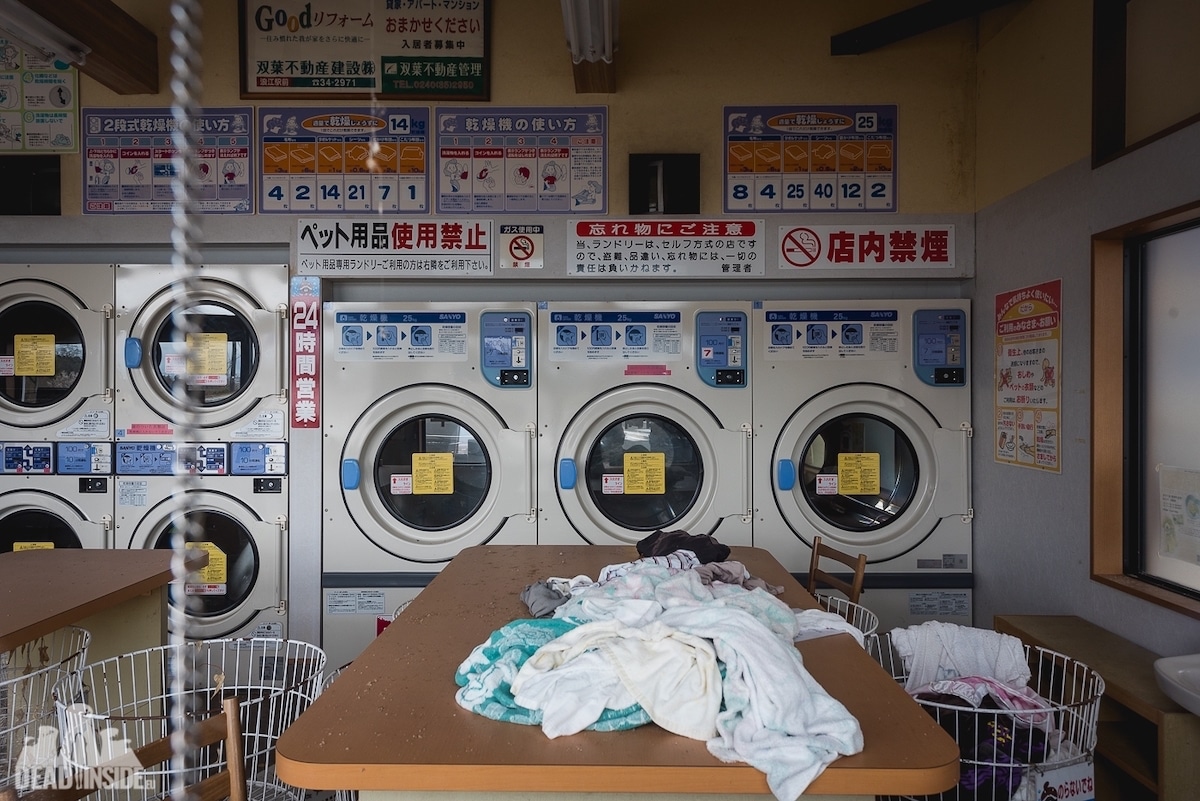
Laundromat
In 2011, a disaster at the Fukushima Daiichi nuclear power plant forever transformed life in the surrounding area of Japan. Spurred by the Tōhoku earthquake and tsunami, it was the worst nuclear disaster since Chernobyl. Nearly a decade after the tragic incident, Polish photographer Natalia Sobańska made the journey to this place, which was once so full of life. During her time in the Fukushima Exclusion Zone, she captured haunting images of a city frozen time.
The deaths of thousands are connected to the incident. While only one fatality was attributed to radiation, over 2,000 people died due to long-term deterioration caused by the evacuation. Many more continue to suffer from the loss of their homes, businesses, and communities. For Sobańska, who specializes in photographing abandoned spaces, her visit was the chance to fulfill her curiosity about what became of the area post-disaster.
While Sobańska was keen to see the effects of the disaster, the emotional impact of what she viewed was something she hadn't been prepared for. “I imagined abandoned places there—not trashed, only decayed and rotten,” she told My Modern Met. “But when I saw it with my own eyes, I saw the true scale of this tragedy. Thousands of people died, more lost everything. It was more devastating than I imagined it.”
The twelve-mile radius around the power plant has remained an evacuation zone, with workers slowly continuing cleanup work. Though she was grateful for the opportunity to document this unique environment, the sad reminders of the nuclear tragedy were overwhelming. After two days, she and the rest of the group left the exclusion zone but were forever changed by the experience.
Polish photographer Natalia Sobańska spent two days photographing the Fukushima Exclusion Zone.
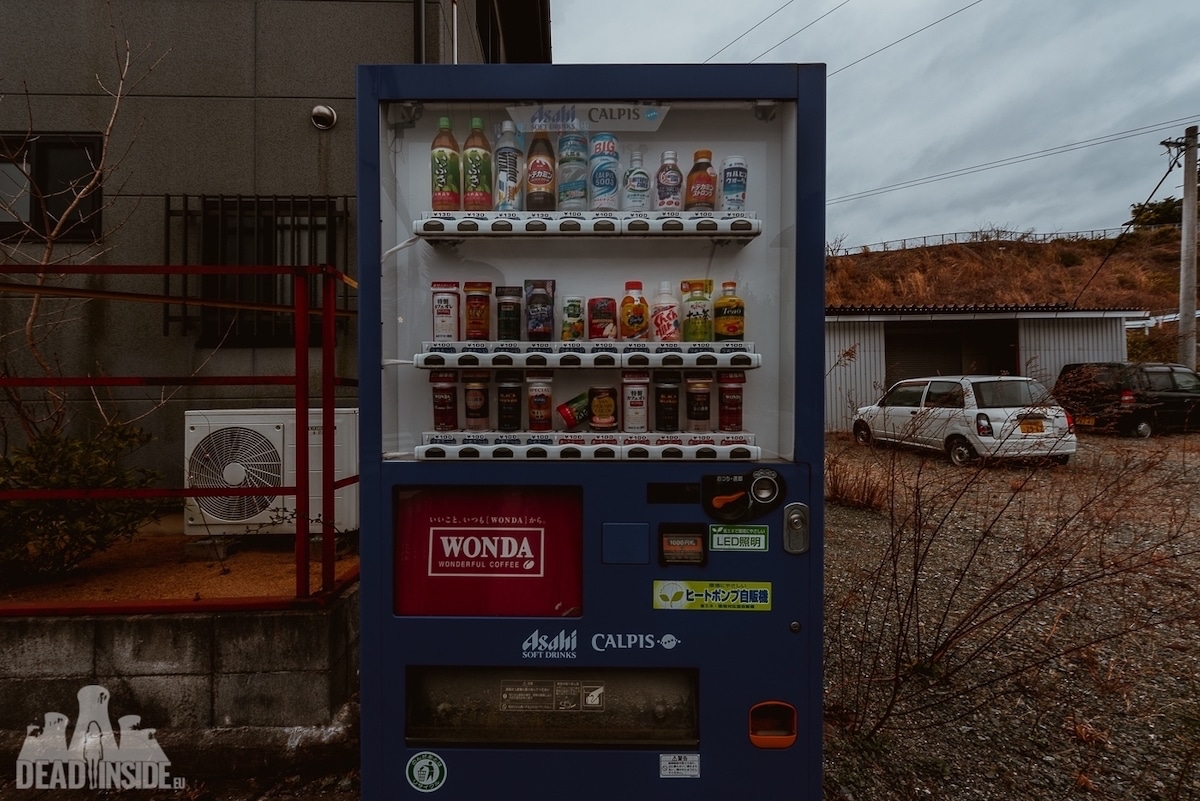
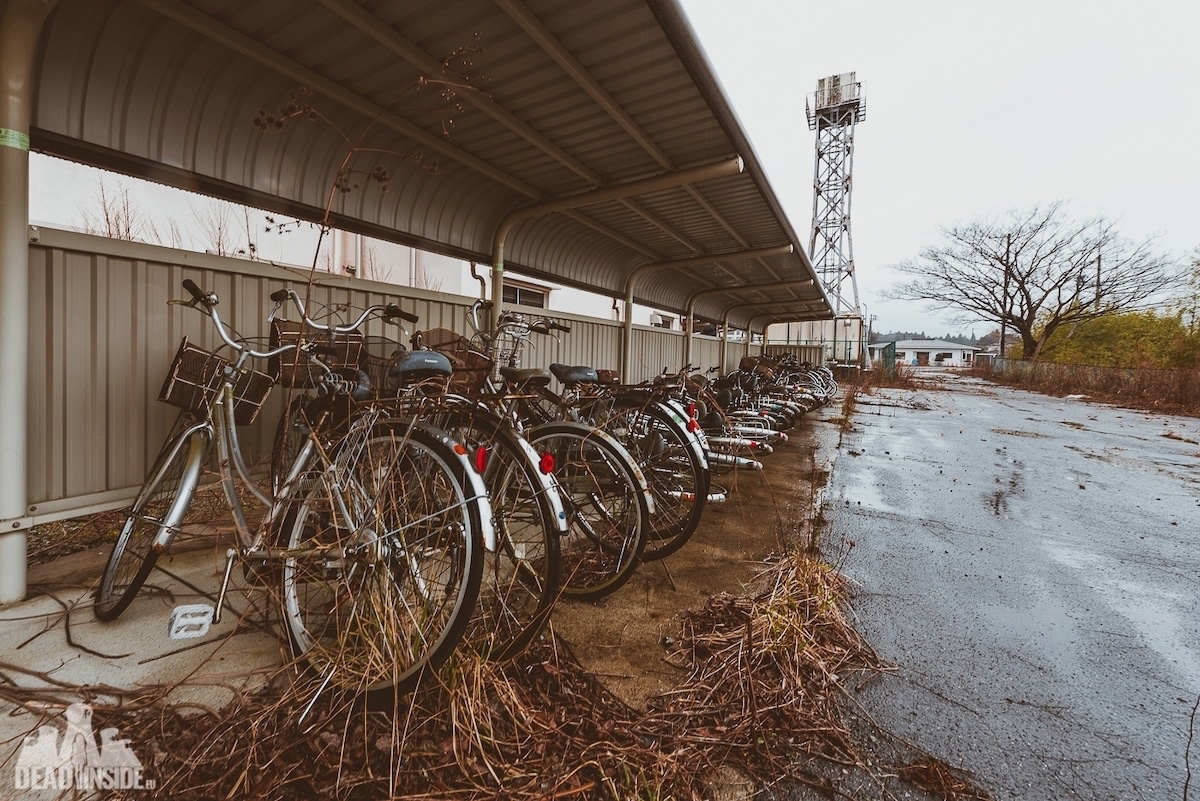
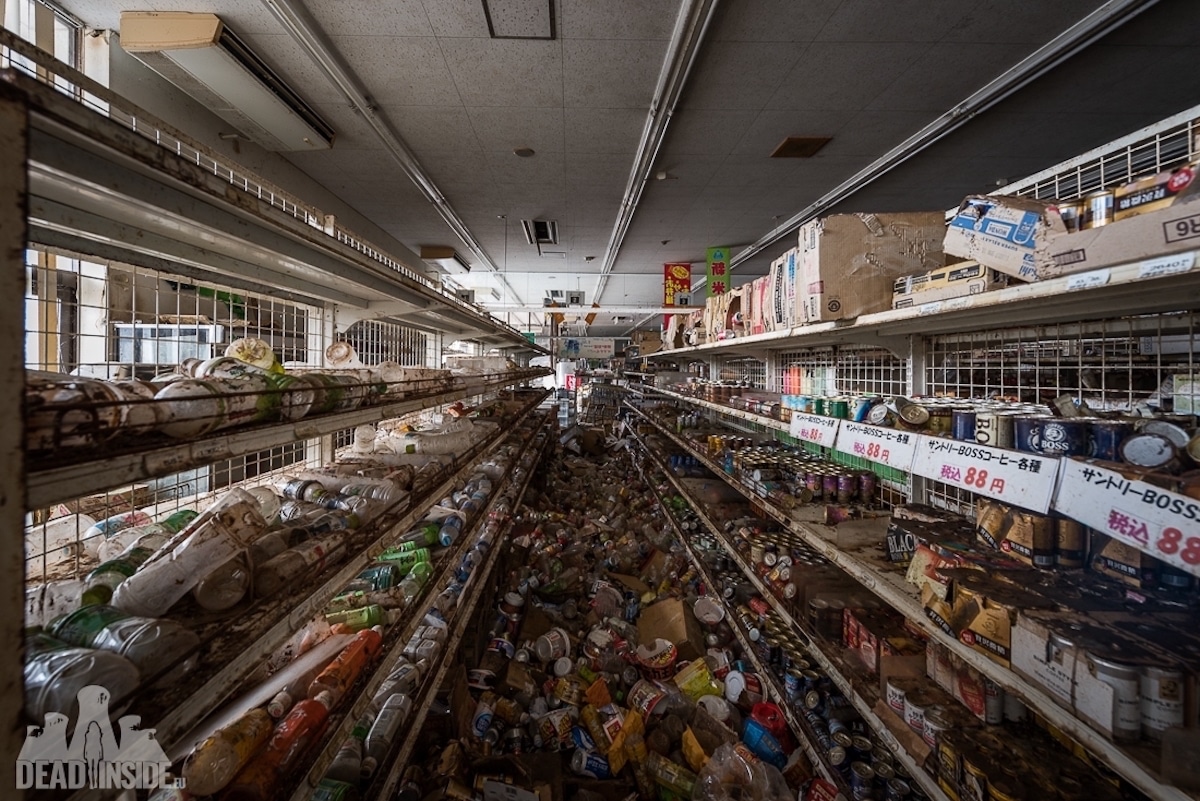
Supermarket
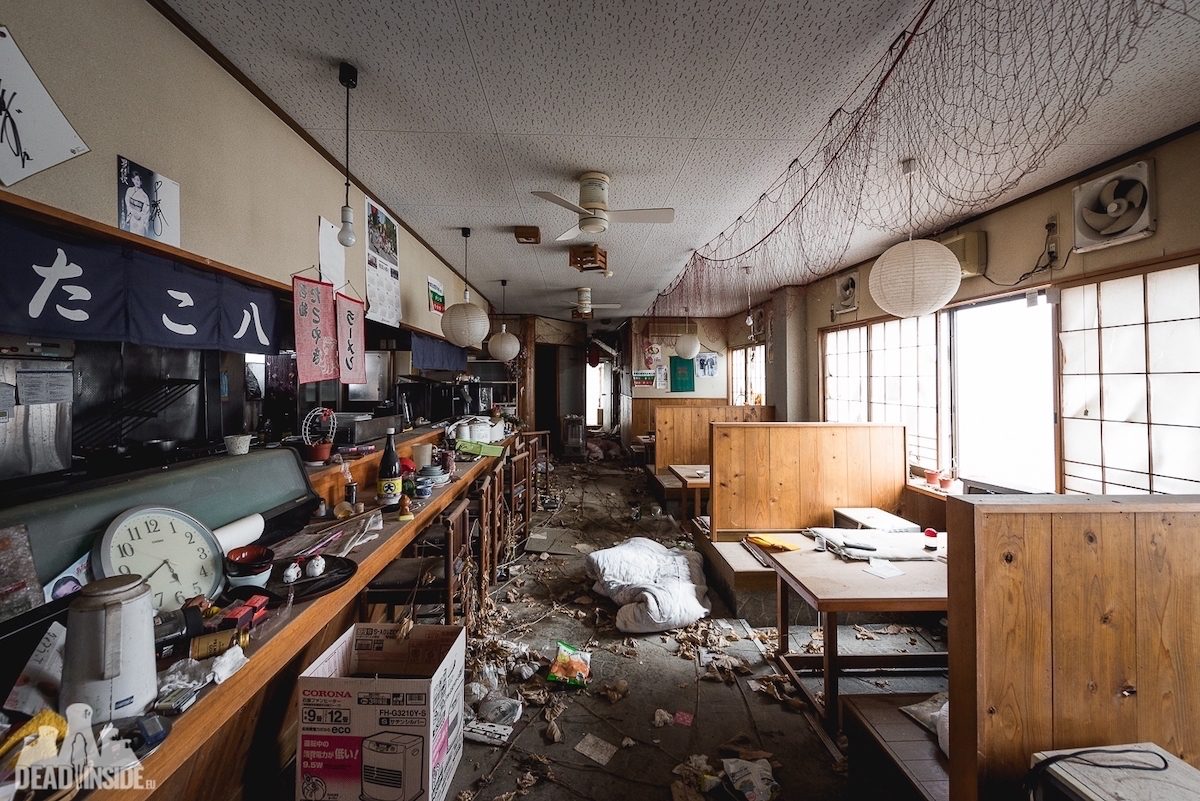
Restaurant
100,000 people were evacuated from the area after the devastating Fukushima Daiichi nuclear disaster in 2011.
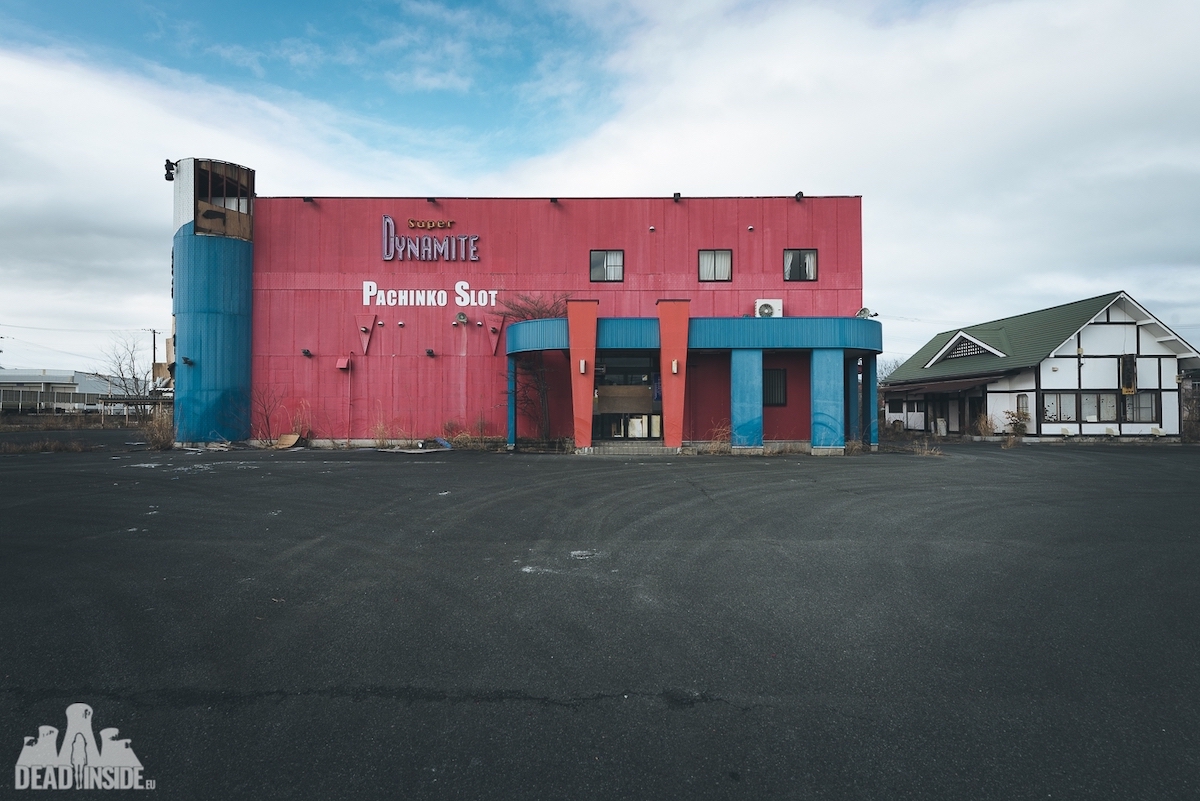
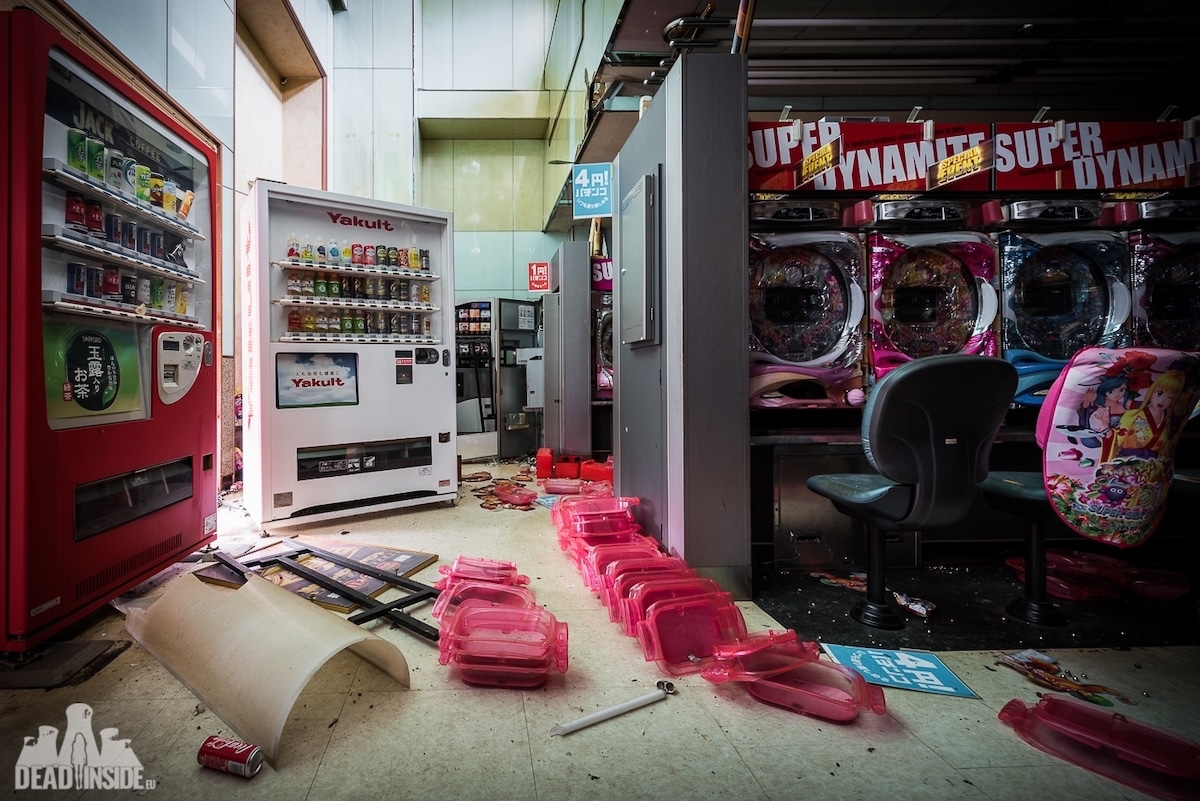
Pachinko game center


Wedding center
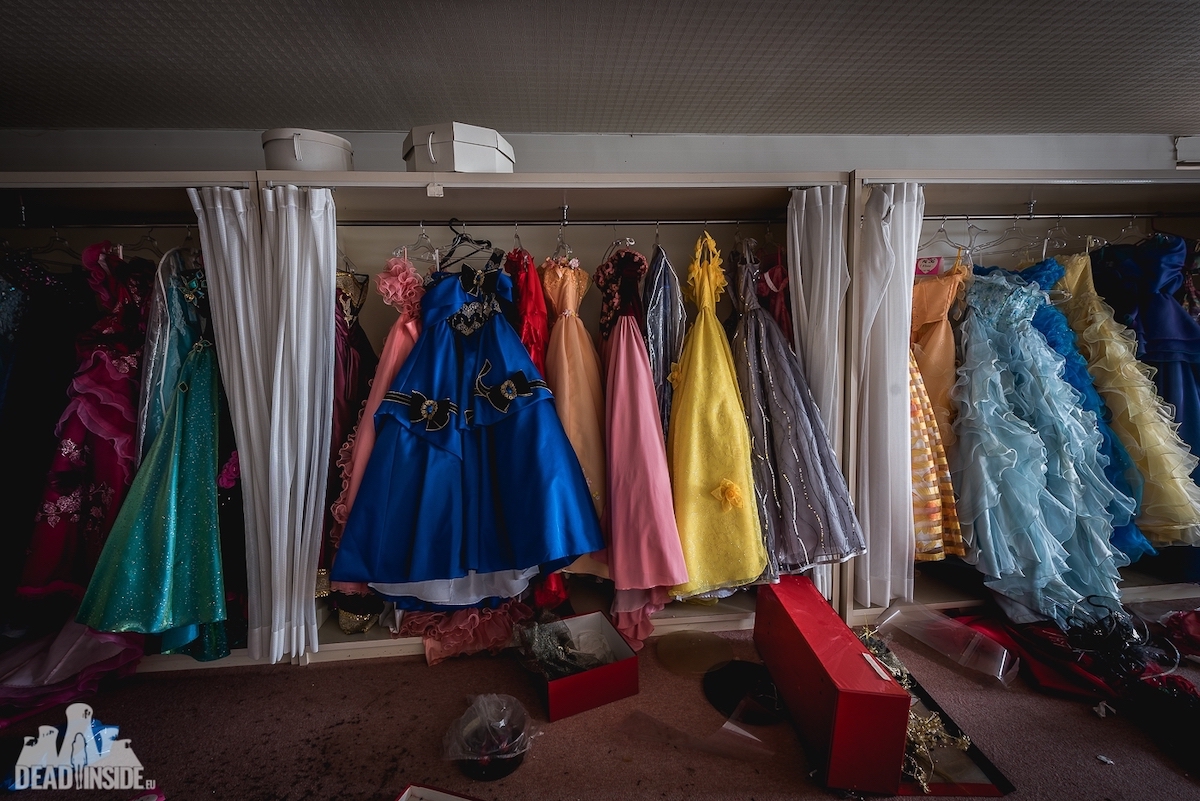
Wedding center
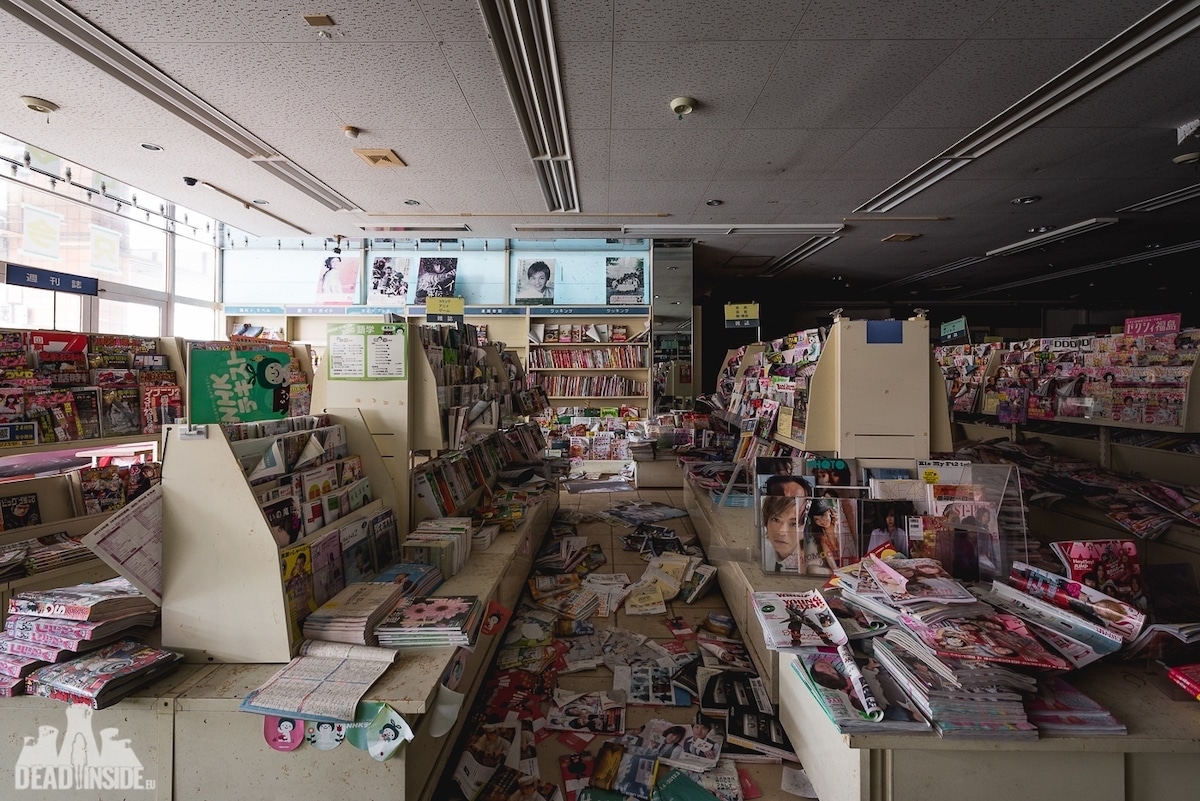
Bookstore
Sobańska's haunting photographs give a shocking look at how life was interrupted in the 12-mile evacuation zone.
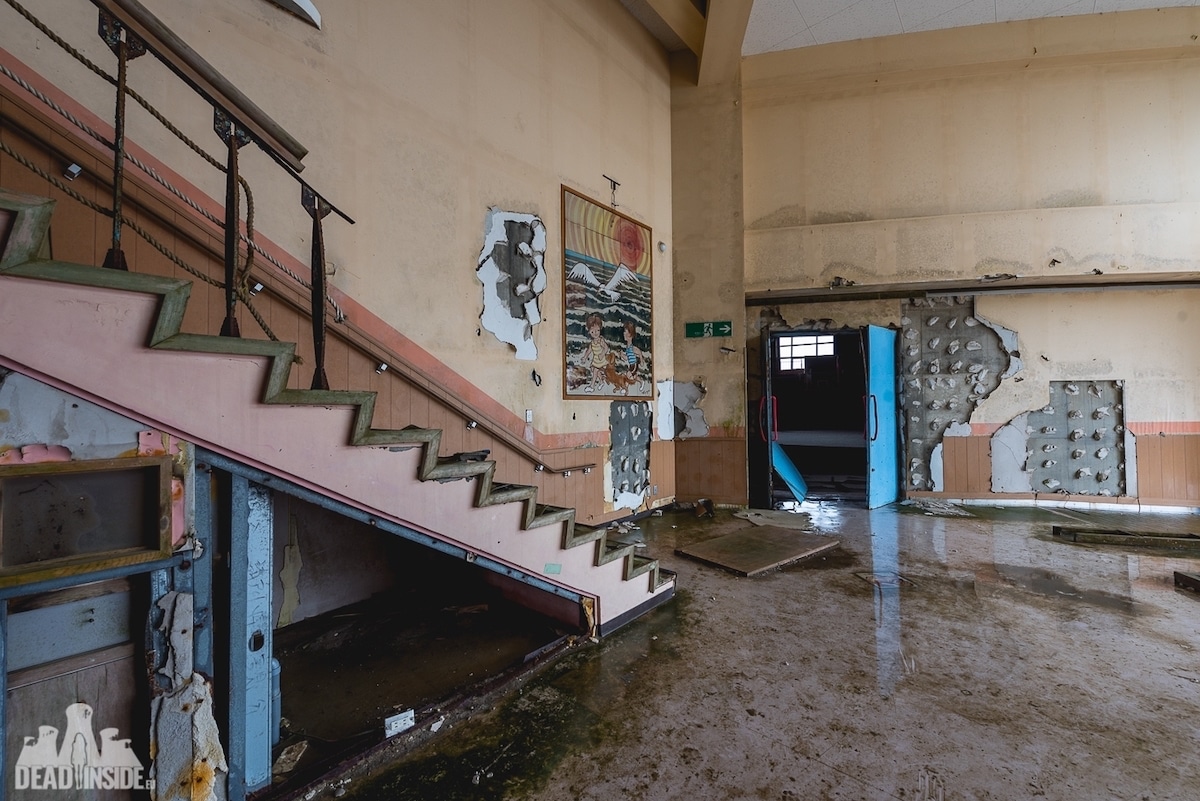
School
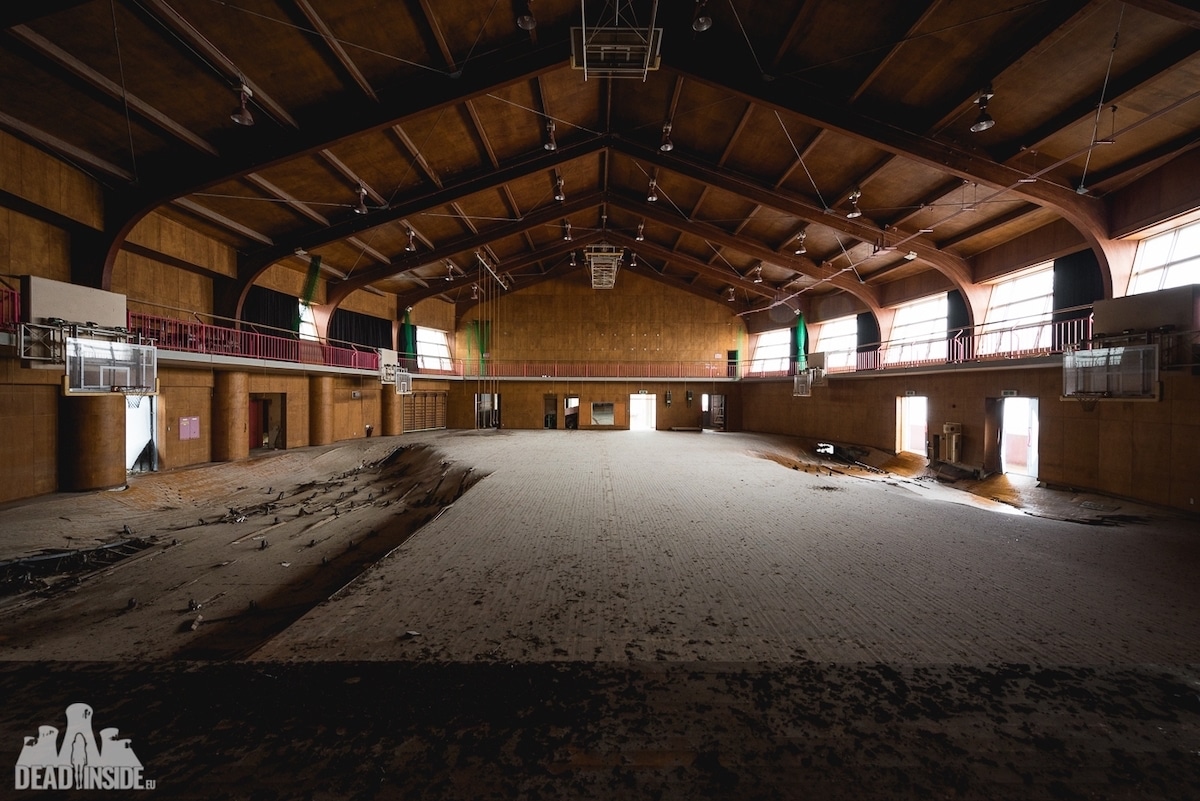
School
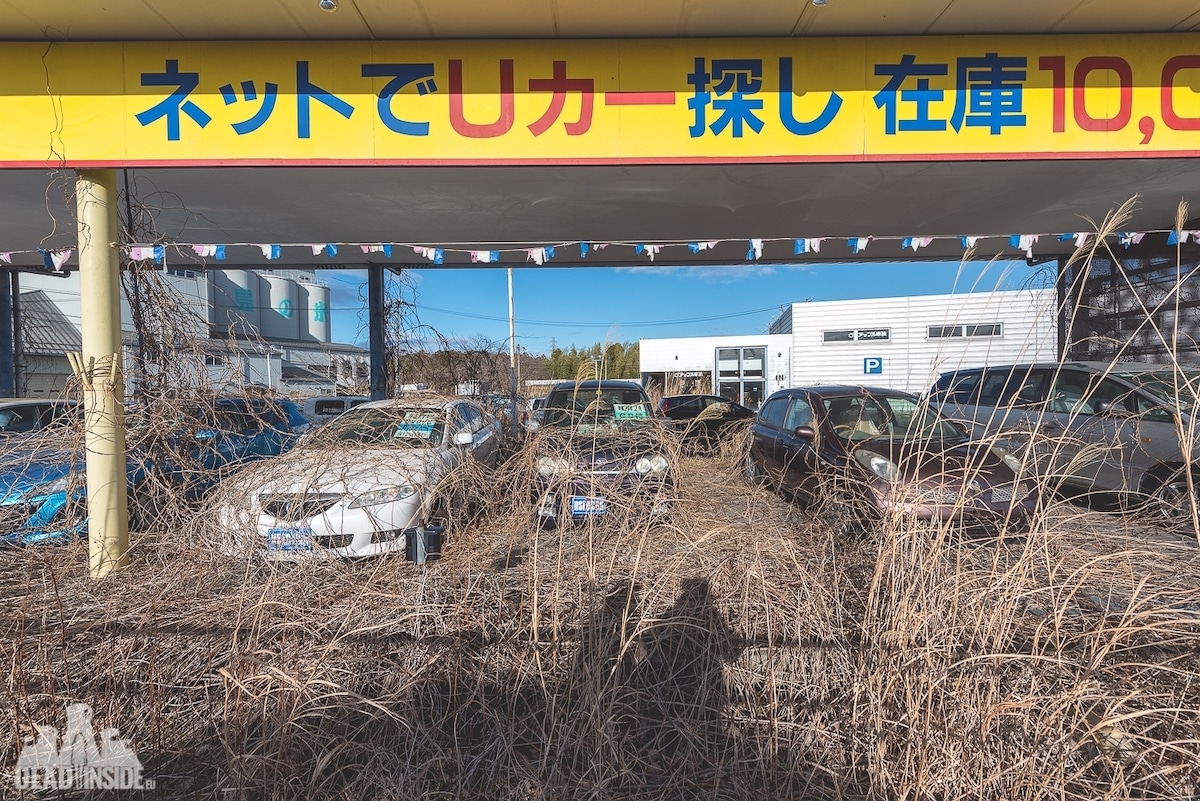
Car dealership
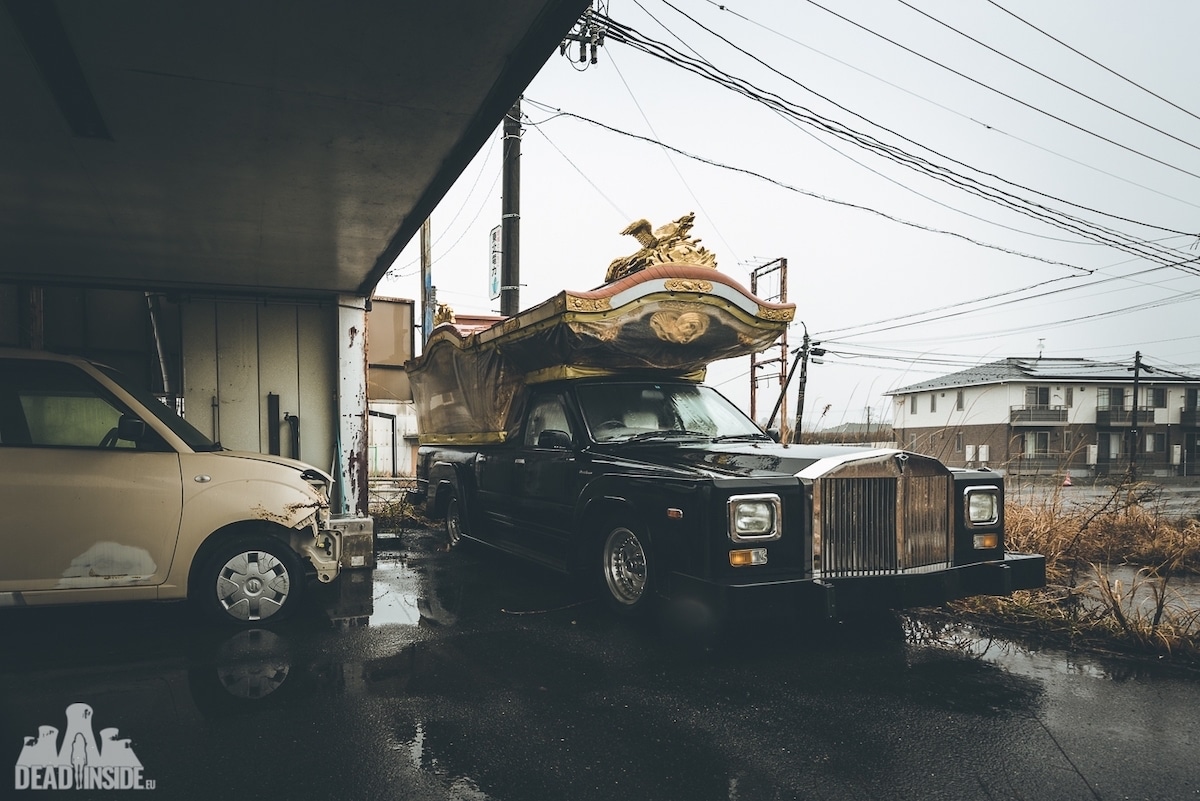
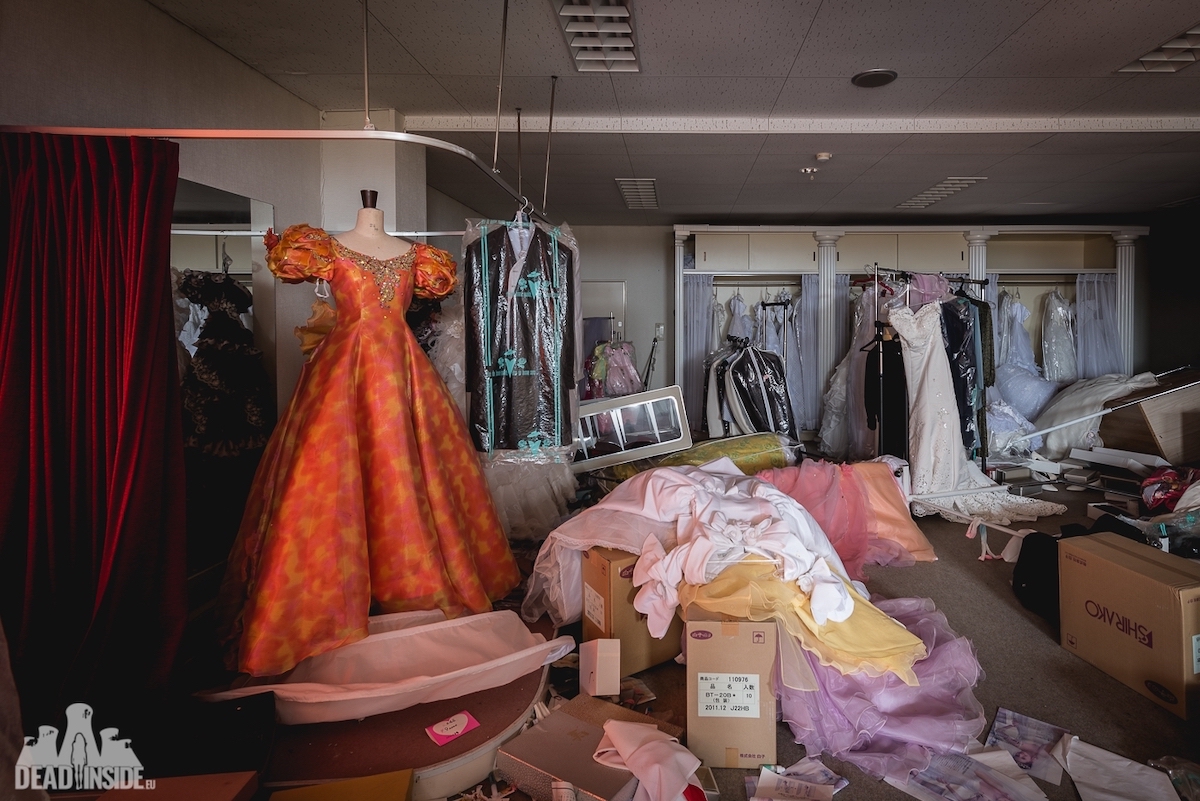
Wedding center
It was an emotion visit for the photographer, who specializes in documenting abandoned places.
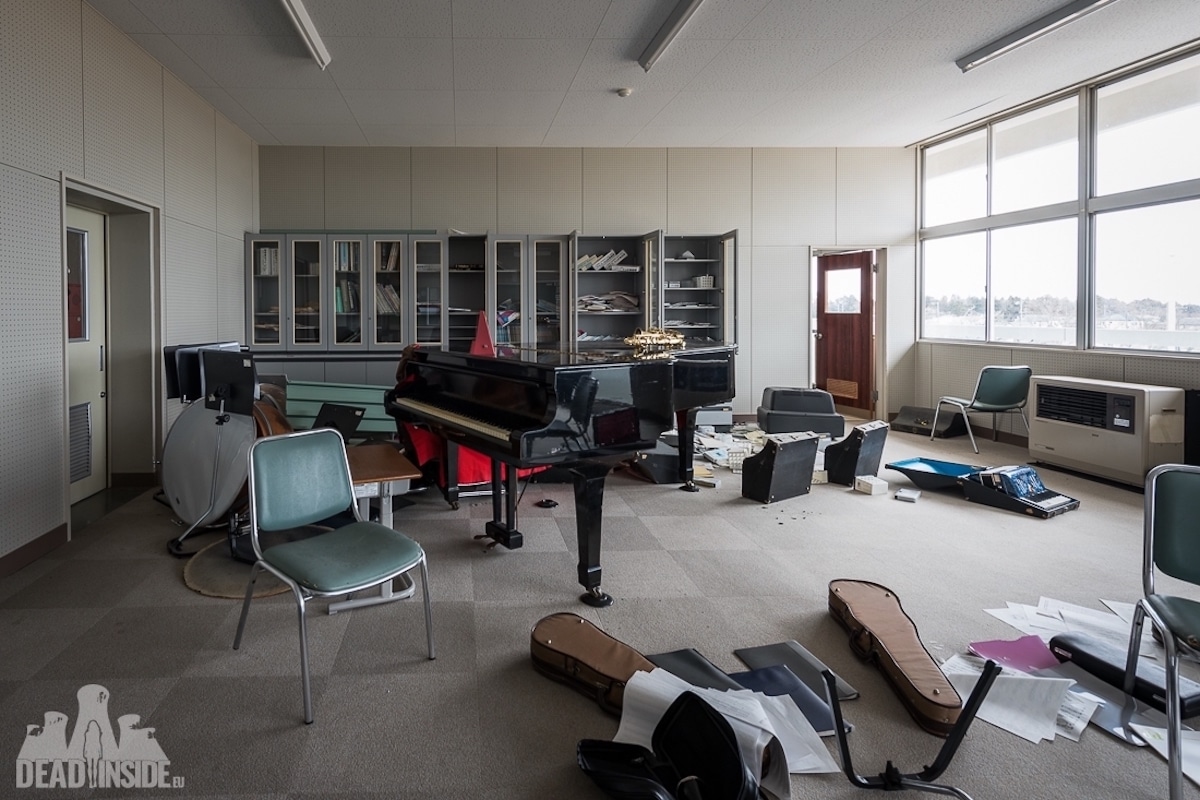
School
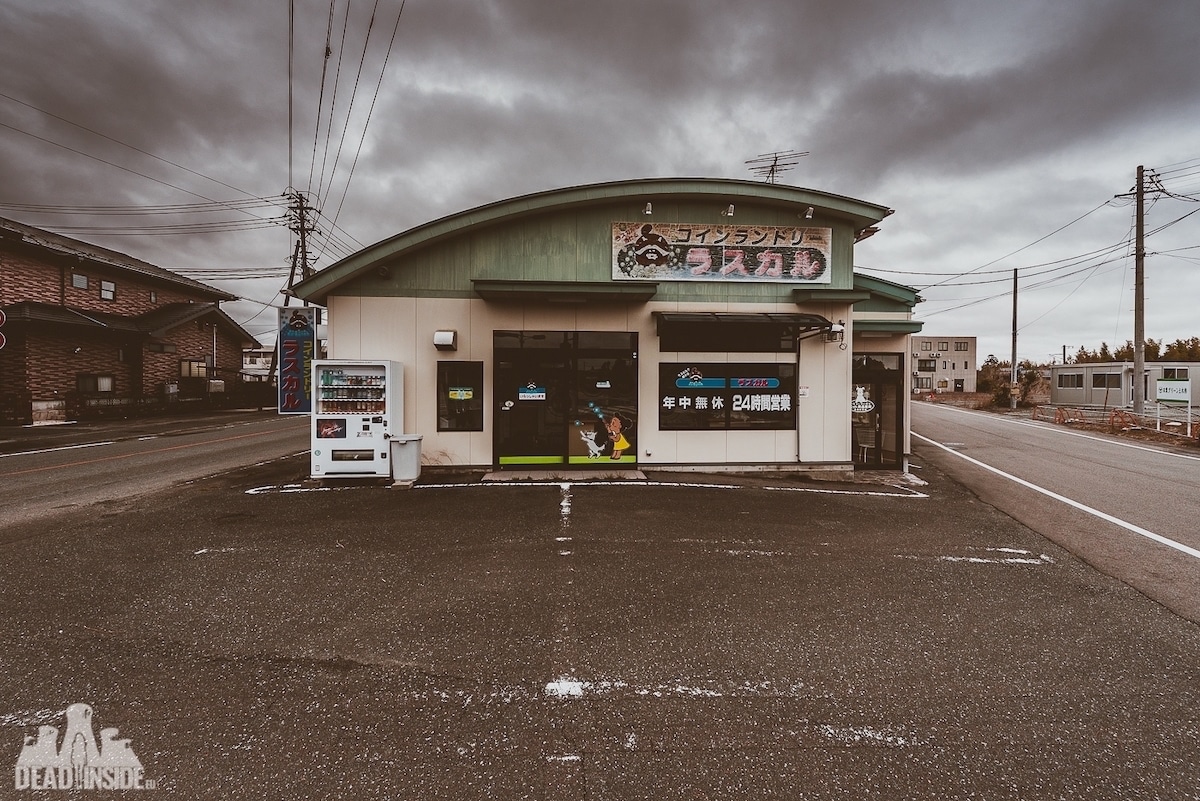
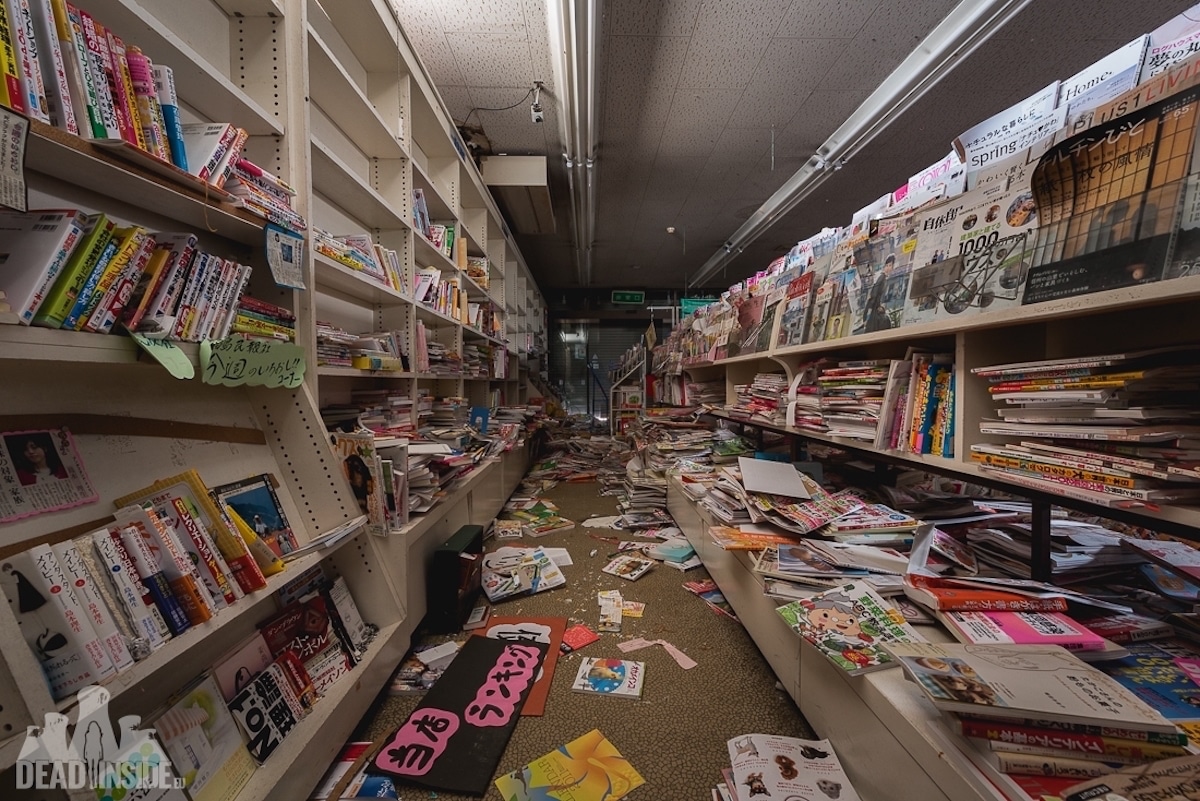
“People know what happened there. I also knew before I went, but to know and to see are two different things.”
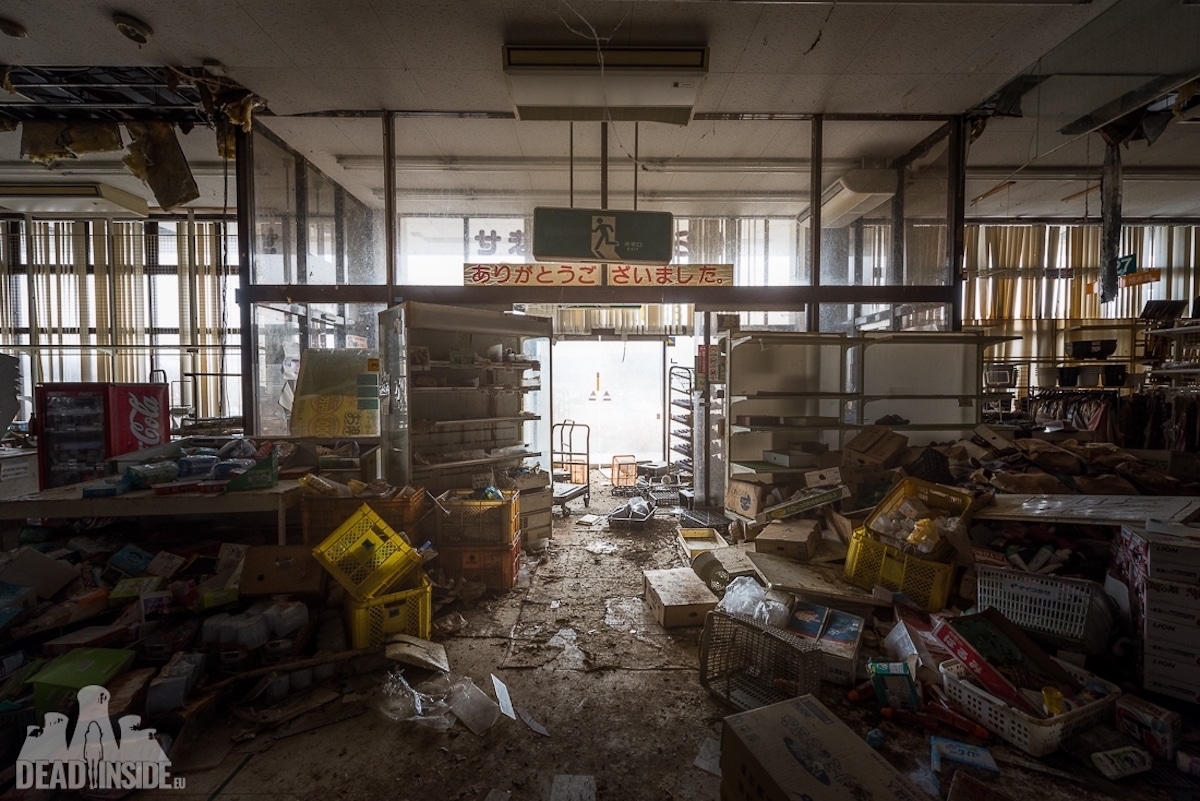
Supermarket
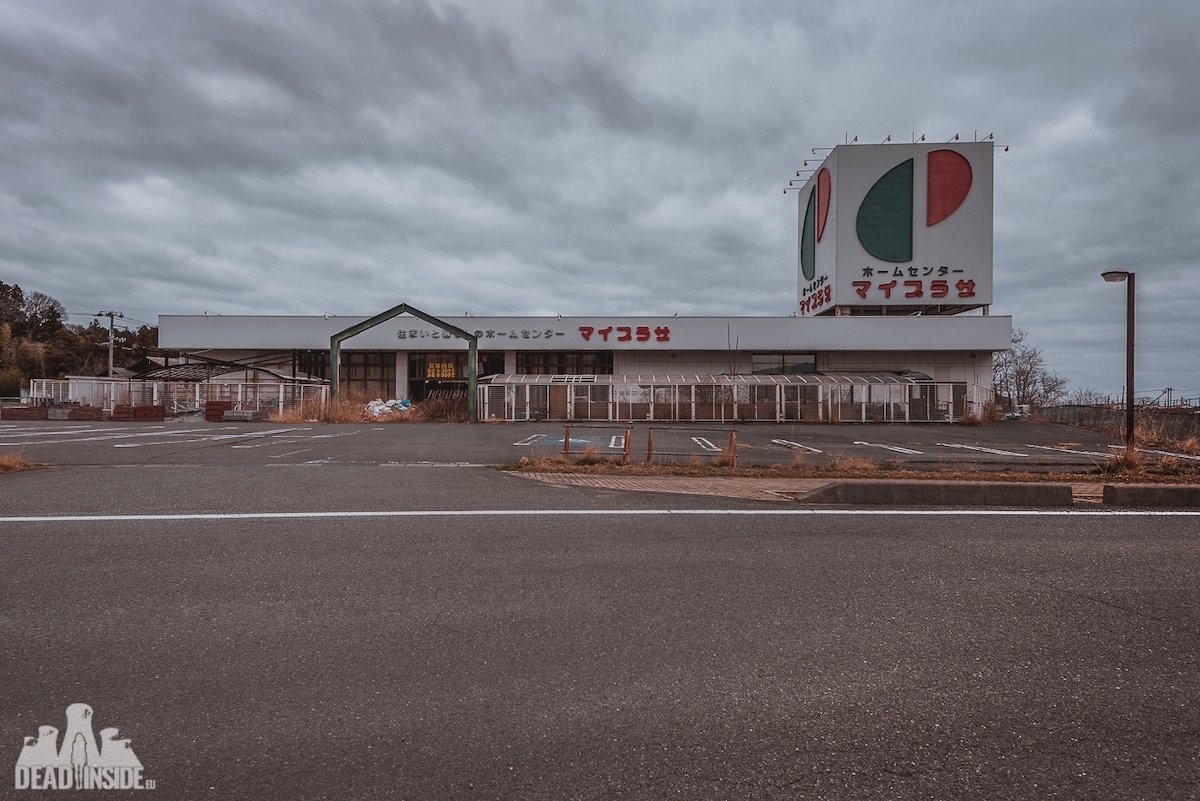
Supermarket

Wedding center
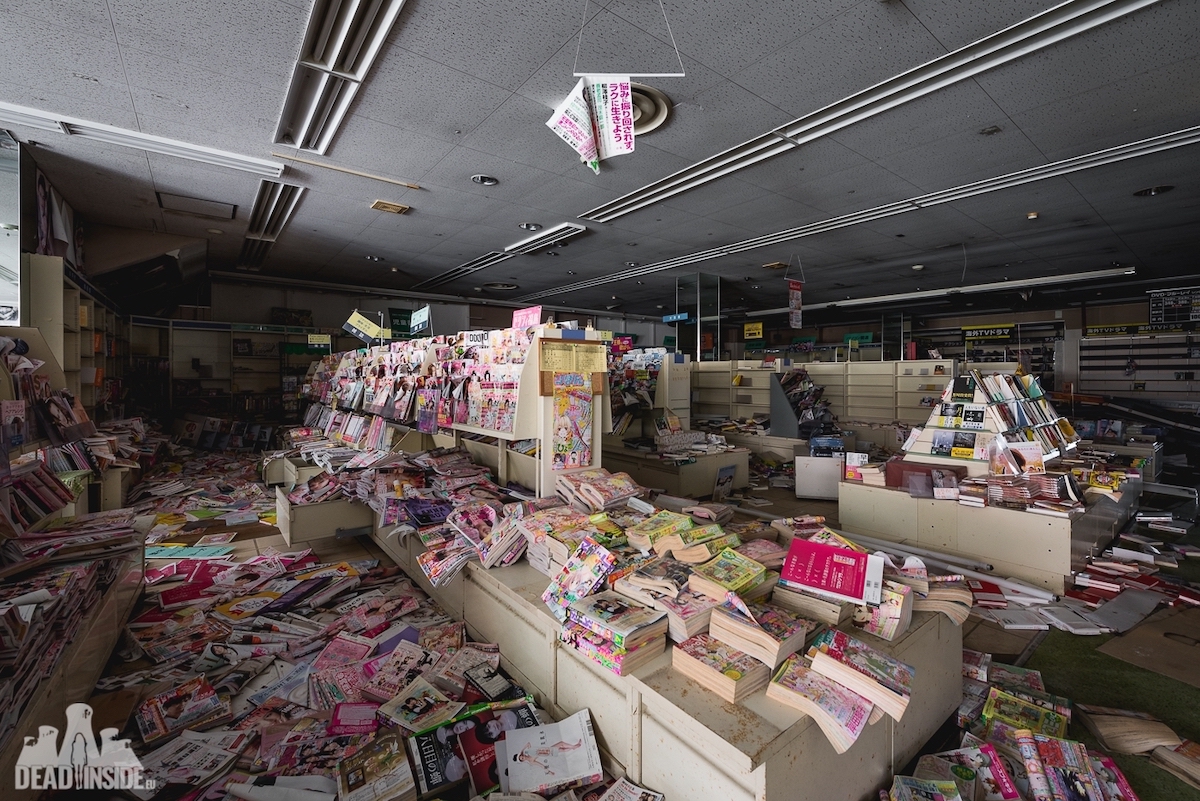
Bookstore












































































